Inside Out Emotions: We Need Them All
November 13, 2020
Categories: Emotion
One of my favorite moves is “Inside Out.” It’s a creative film that focuses on the life of Riley, an 11-year old girl. Her life is going pretty well until her family moves from Minnesota to San Francisco because of her father’s new job. Riley goes through some tough times as she struggles to adjust to her new house, school, and friends. The movie is unique because it follows what goes on inside Riley, specifically her emotions and how they affect Riley’s life. Each of the primary emotions—joy, sadness, fear, anger, and disgust—is personified as a character. The emotions work together (and sometimes against each other) to try to help Riley navigate her life.
Sadness
One of the storylines I found most interesting was how the various characters in the film engaged with Sadness. At the beginning of the film, the other emotions got pretty annoyed with Sadness, because she was kind of a downer. At one point, Joy drew a circle on the ground and told Sadness that her job was to just stay in the circle and not mess anything up.
I think we have the tendency to do this in our own lives, especially with “negative” emotions such as sadness, anger, or fear. We might feel like they are messing up our lives. They can be uncomfortable or unsettling emotions. And so we might try to “banish” the emotions to a small space inside ourselves, and not let them out.
We Need All the Emotions
Unfortunately, this strategy doesn’t usually work. Part of the reason is that to be whole people, we need all our emotions. Each of our emotions has a purpose. Fear protects us from danger. Anger helps us set boundaries. Sadness helps us connect with our heart and with others.
I don’t want to give too much of the movie away, but one of the coolest parts of the movie is how the characters gradually realize that all the emotions are needed and play an important role in Riley’s life, even the “negative” emotions like Sadness.
Discussion
Do you view certain emotions as “good” and others as “bad?” What do you do with the emotions you consider to be bad? If you try to shut those emotions down, how has this strategy worked for you?
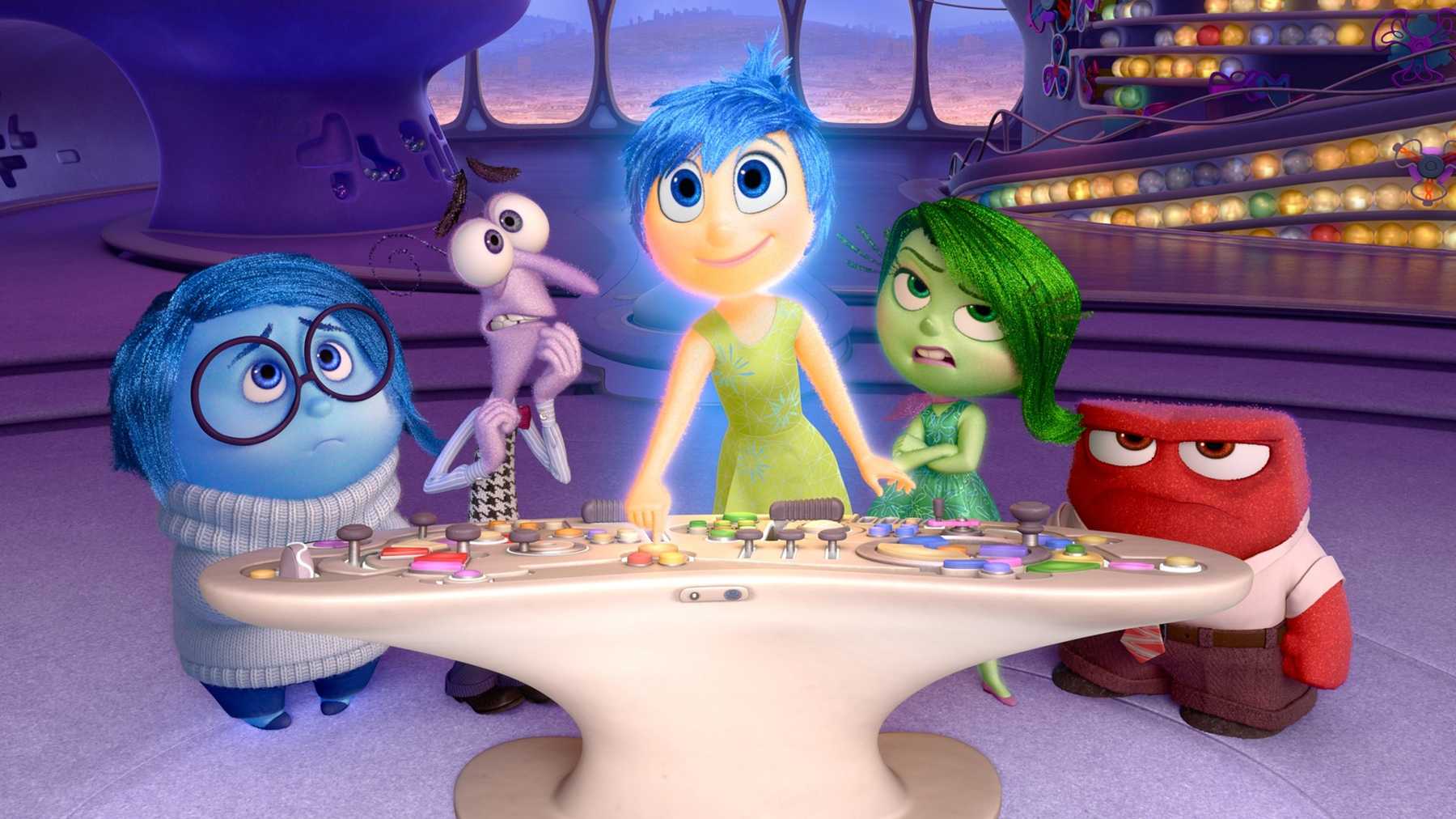
Related Thoughts
9 Comments
Leave A Comment
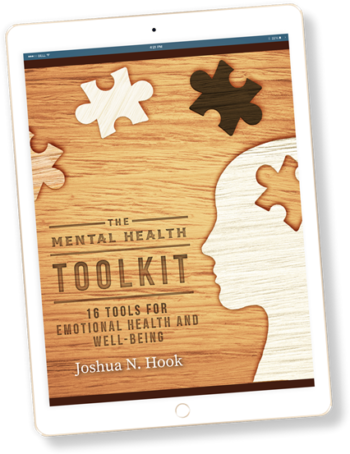
Subscribe To My Newsletter
Join my mailing list to receive the latest blog posts.
Receive my e-book “The Mental Health Toolkit” for free when you subscribe.

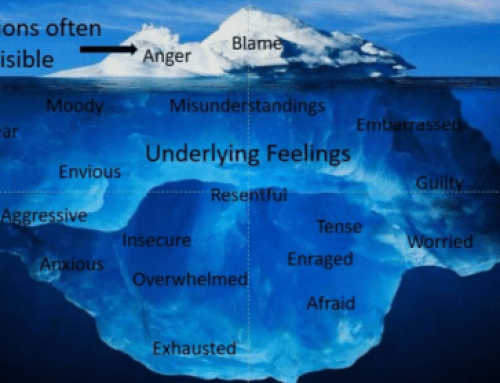
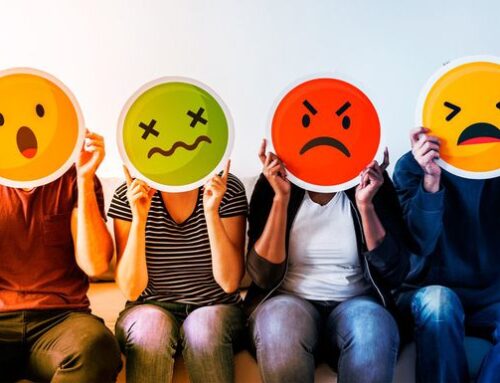
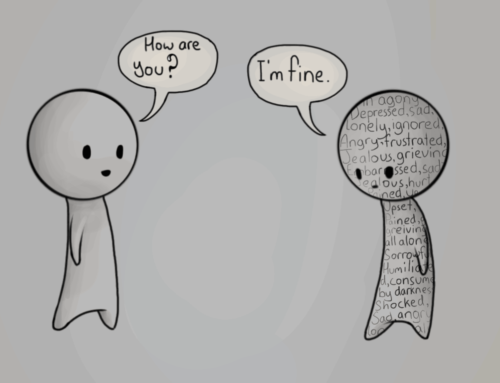
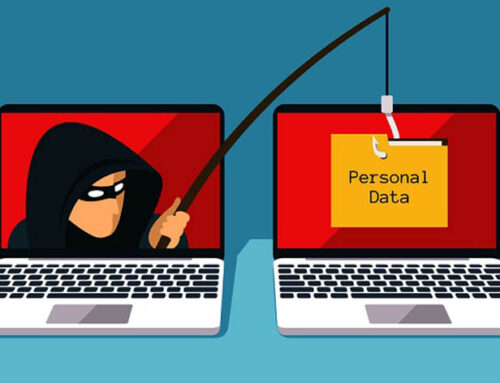

The most important aspect of emotions is that God gave them to us to “color” our lives and He tells us to control them rather than letting them control us.
Saw the movie as well and had some issues with it (none which has to do with the topic you’re bringing up here) and trying to keep on focus here. I am at heart a happy person, my “joy” runs my everyday life and I view that as a “good” feeling. But I also have bouts of sadness (or I should say a lot of different feelings that are all related to sadness) and I do view them as “bad” because they color my life “wrong” as to how I usually feel. Intellectually I know that my feelings are not my usual self but none the less, these feelings are still there and I can’t shut them out. I choose to accept them and deal with them. A lot of questions like; why do you think you feel this way, what can you do to change this etc. are all things that help me deal with what I’m feeling. (Plus, I’m a woman so I can always count on hormons to stir things up)
I don’t really agree with what Dixon wrote because I also know that for some people, having the mindset of controlling ones feelings instead of having them control you can be impossible. It has nothing to do with being a believer or not, it has to do with being human. I work within the medical field and have met patients in all stages of the emotional spectrum. And when they are too far gone into the sad side of the spectrum, a few words of encouragement and the attitude that “this will get better, you just have to buck up and be happy” is the worst thing you can say. At that point it is better to acknowledge their pain and sadness and just be there for them. Just like the movie teaches us 😉
Yeah, I’m not sure what I think about ‘controlling’ our emotions. I think we probably all control our emotions to a certain extent (e.g., if I’m feeling angry at work, it’s probably in my best interests not to yell and stomp my feet). However, my sense is that if people try to control their emotions too much, the emotions tend to come out in unhealthy ways. Also, I think we are sometimes taught messages by society that certain emotions aren’t acceptable. For example, a boy who cries might be told, “Don’t be such a crybaby,” and so he might grow up not really accepting or honoring his sadness. So we’re taught to stuff our emotions rather than consider them and see what they might have to teach us.
[…] his response. He said that when he was young, he noticed that fear was the most powerful of all his emotions. He made a decision that he didn’t want to let fear run his life, so from age 22-32, he tried to […]
[…] Emotions can be powerful determinants of our actions and behaviors. Usually this is a good thing. If you’re walking in the woods, and come across a dangerous predator, you feel fear. Your fear motivates you to stop and run the other way. […]
[…] thing I love most about kids is they don’t hold back who they truly are. If they are happy, they smile and laugh. If they are sad, they cry. If they are mad, they yell and […]
[…] unencumbered by the expectations of their parents or society. They are also completely in touch and present with their emotions. When they are sad, they cry. When they are angry, they yell and stomp their feet. When they are […]
“to be whole people, we need all our emotions”
Integration has been a theme in my life for a while. Men especially can be very compartmentalized, so finding a way to make everything fit together can be a challenge sometimes.
[…] each have certain emotions or reactions that we tend to go to more naturally. For example, some people go to anger pretty […]